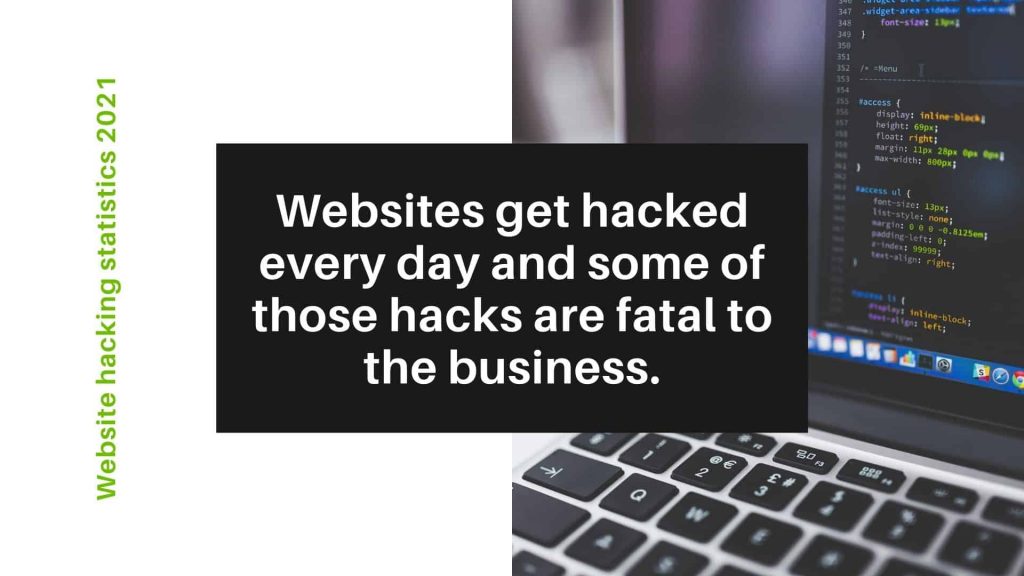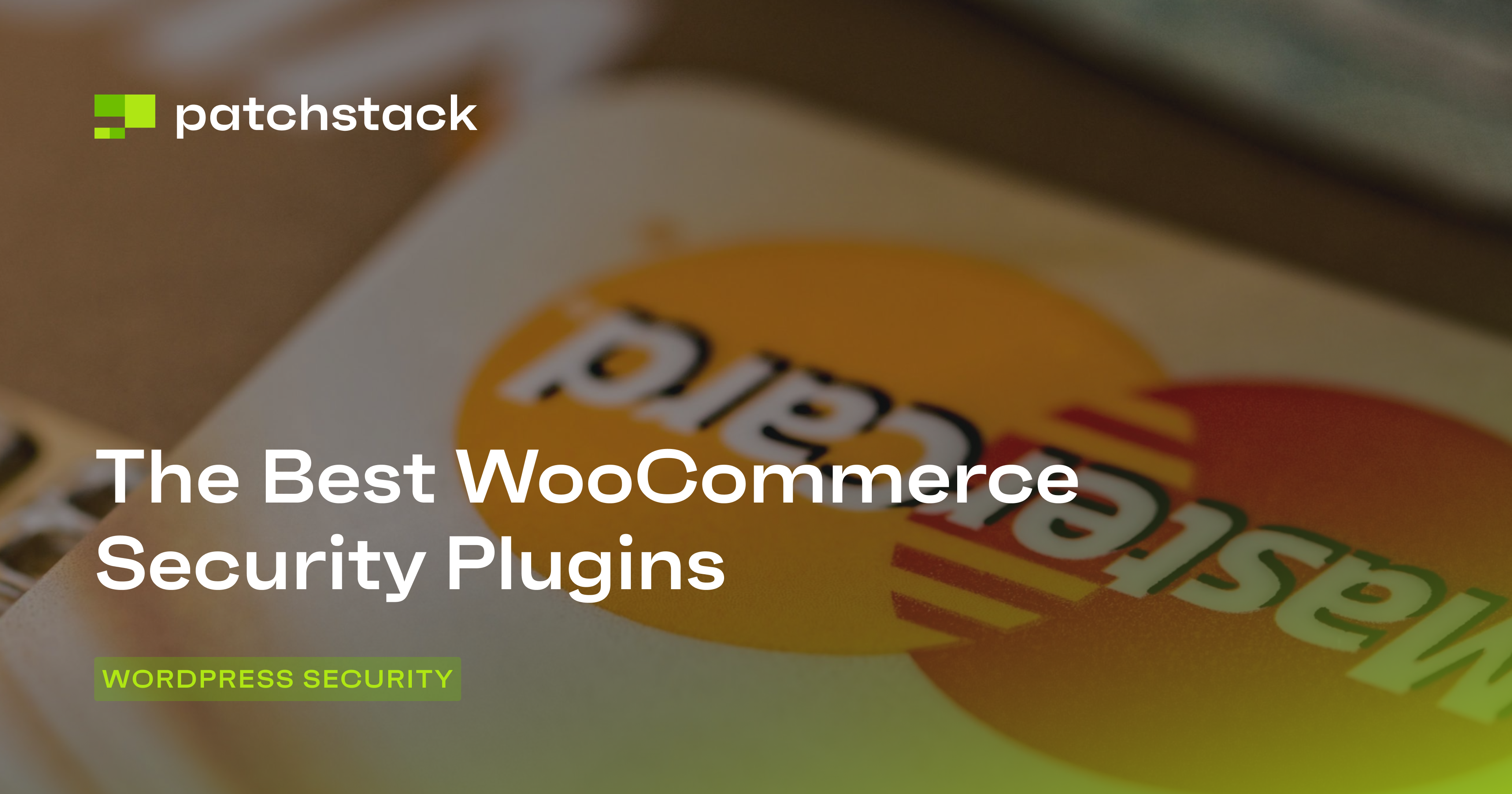By some estimates, about 30 000 to 50 000 websites get hacked every day. The numbers are growing daily and the importance of website security is increasing rapidly.
Being secure in the online world becomes more and more important every day and it is vital to protect your website and the data it holds now.
In this article, we will give you five reasons why website security is important.
Did you know - that 56% of all internet traffic is from automated sources such as hacking tools, scrapers and spammers, impersonators, and bots. So you might think - is my website secure from these tools?
Hacked websites can target your customers
Malicious software is used to infect websites, gather data and in some cases even hijack computer resources.
A site where an attacker has gained access can be used to redirect traffic and infect visitors with malicious software.

It means that if your site is not protected, hackers can use your site to infect your site visitors with malware.
There are thousands of different types of malware and thousands of different ways to infect your website, which is mostly all done by automated hacking tools.
What they all have in common, is that the hacked websites are mostly used to retarget your potential customers and your website visitors.
The number of hacked sites rises rapidly
What they all have in common, is that the hacked websites are mostly used to retarget your potential customers and your website visitors. Another reason why website security is important - is to keep your customers safe.
We’ve seen a 150% growth in vulnerabilities reported in 2021 compared to 2020 which is a significant increase. Meanwhile, 29% of the WordPress plugins with critical vulnerabilities received no patch.
State Of WordPress Security whitepaper by Patchstack
A study was made that stated that there is an attack every 39 seconds on average on the web and the non-secure usernames and passwords that are being used give attackers more chance of success.
Just to be clear - an attack does not always mean something is hacked. For example, we see thousands of attacks targeted at the websites we protect every day.
In 2018 Google has sent over 45 million notifications to registered website owners through Search Console, alerting them to possible problems with their websites that could affect their appearance in a search.

Also, they sent 6 million manual action messages to webmasters about practices that were against Google’s guidelines, along with information on how to resolve the issues. And Google took action on nearly 90,000 user reports of search spam.
Sucuri, a cloud-based firewall provider said in its report that they saw a total of 170,827,313 attack attempts that were blocked in 2019. It was a 52% increase from 2018.
Business reputation loss and drop in revenue
There are over 1,5 billion websites on the world wide web today and people rely on search engines when they want to reach information on those sites.
Therefore search engine optimization is more important than ever and it is necessary for every webmaster to understand the true meaning of SEO as well as the potential it can provide for every business.
Google and other search engines (for who you typically don't want to be on the naughty list) warn your customers and restrict them from entering your website. Lately, Google, for example, has stepped up the game even more.
Starting from July 2018, every website without SSL (HTTPS) will be marked as insecure and therefore receive an SEO penalty, which makes it harder for your company to reach new customers.

Google has released new details about its spam-fighting efforts, revealing that more than 80% of hacked sites have been detected and removed from search results. (source: Search Engine Journal)
But the reality is that, because of a hacked website, a customer loses trust, and therefore it will lead to company reputation loss, which for e-commerce can often mean an end of the business.
When talking about website security and CMS security the infections are also rising actively. For example, WordPress continues to be the leading infected website CMS.
Vulnerabilities from plugins and themes remain one of the biggest threats to websites built on WordPress. In fact, just 0.58% of security vulnerabilities originate from WordPress core in 2021. (Source: State Of WordPress Security 2021)
On average, about 50 000 websites get hacked every day and in reality, the majority of these 50,000 sites are legitimate small businesses that are unwittingly distributing malicious code to cybercriminals.
When your site is hacked and added to different blacklists, the potential customer cannot reach the products or services being offered.
Anyways, if a potential customer visits your site and gets warned or infected, there is an extremely low chance that the customer will ever visit your site again.
WordPress clean-up is more expensive than protection
As a website owner discovering that your website has been hacked, the first thing to do is to search "How to clean up a hacked site".
Yes, you will find a lot of blog posts and articles about it, but they will all eventually recommend you the same thing - have a professional do it for you.

Performing a WordPress malware removal in a way that you can be sure that it’s clean is not an easy task. That’s why a service like this can cost over $150 per site and even then, depending on the service provider, you can’t be sure if the site was properly cleaned or not.
An average spend in 2021 for WordPress malware removal was $613. The highest price paid was $4,800 and the lowest was $50. (Source: State Of WordPress Security In 2021)
The latest research by Acunetix reveals that around 84% of websites contain vulnerabilities, which means all of them are prone to be infected at any time.
The process of a malware clean-up of a website is more about knowing the vulnerabilities and knowing the way of a hacker's mind. This is why we always recommend service providers who do manual clean-ups.
Malware is often hidden from the original files and the database and attackers put a lot of effort into making sure you won't be able to remove their backdoors so easily.
It's expensive, indeed. Not just the malware clean-up service itself, but the lost revenue and reputational damage are what can eat up a lot of time and money to recover from.
Website gets blacklisted
What is Google Blacklist?
Without using the exact term “blacklist,” Google quarantines at least 10,000 suspicious websites each day. You can recognize the sites by seeing the display message “This site may harm your computer” in the search results.

This will serve as a warning that prompts most users to stay away. Consumers are grateful for the warning. The businesses panic. (Source: Forbes)
When a website is on the blacklist, the search engine is expelling a site from its list. When a website is blacklisted, it loses almost 95% of its organic traffic, which can rapidly affect revenue.
Usually, a website gets blacklisted when it contains something harmful to the user, for example, malware.
Cleaning up your site is only the first part of becoming relisted on Google. Before you put your site out there again, be sure you have measures in place to prevent a recurrence. You may be susceptible to the same cybercriminals who infected your site the first time if you don’t step up your security measures.
If your website is on a blacklist, there are two primary approaches to recovering a hacked site:
- Do it yourself, if you have the needed knowledge.
- Find a trusted service provider if the technical tasks are outside your skillset.
Learn more about the Google blacklist here.
So, why website security is important?
If your site is not protected, hackers can use your site to infect your site visitors with malware and steal the data your site holds.

The reality is that, because of a hacked website, a customer loses trust, and therefore it will lead to company reputation loss, which for e-commerce can often mean an end of the business.
Frequently asked questions about website security
How can I easily improve the security for websites?
A short version of your WordPress security starter pack:
1. Set up HTTPS
2. Choose unique, strong passwords
3. Install a security plugin
4. Keep your site and its components (plugins, themes) up to date
5. Perform periodic cleanups
Read more here.
How to secure a WordPress site?
The main source for vulnerabilities comes from plugins and themes. They remain one of the biggest threats to websites built on WordPress. In fact, only 0.58% of security vulnerabilities originate from WordPress core in 2021.
The best way to keep your WordPress website secure is to perform constant updates for vulnerable plugins and themes and install a firewall that offers vPatching for WordPress vulnerabilities.
Why to choose Patchstack over the competitors?
"Wordfence bloats the database and other plugins do not seem to give too much value. Also, I can guarantee the client, that if there are any malware issues on the site, I am likely to get help from Patchstack. Patchstack has a hard emphasis on security, which I don't want to focus on that much. They help as the missing piece." - Silver Kuklase from Support Meow
Why are nulled plugins and themes bad?
Nulled plugins and themes are usually premium versions that have been made free by removing the licensing part from the code. Criminals create nulled versions of popular plugins and themes to get people to install malware on their sites voluntarily. Once a victim has installed the backdoored version of the plugin or theme to the website, the criminals have the freedom to do anything they want with the website.
Read more about the dangers of nulled WordPress plugins here.





